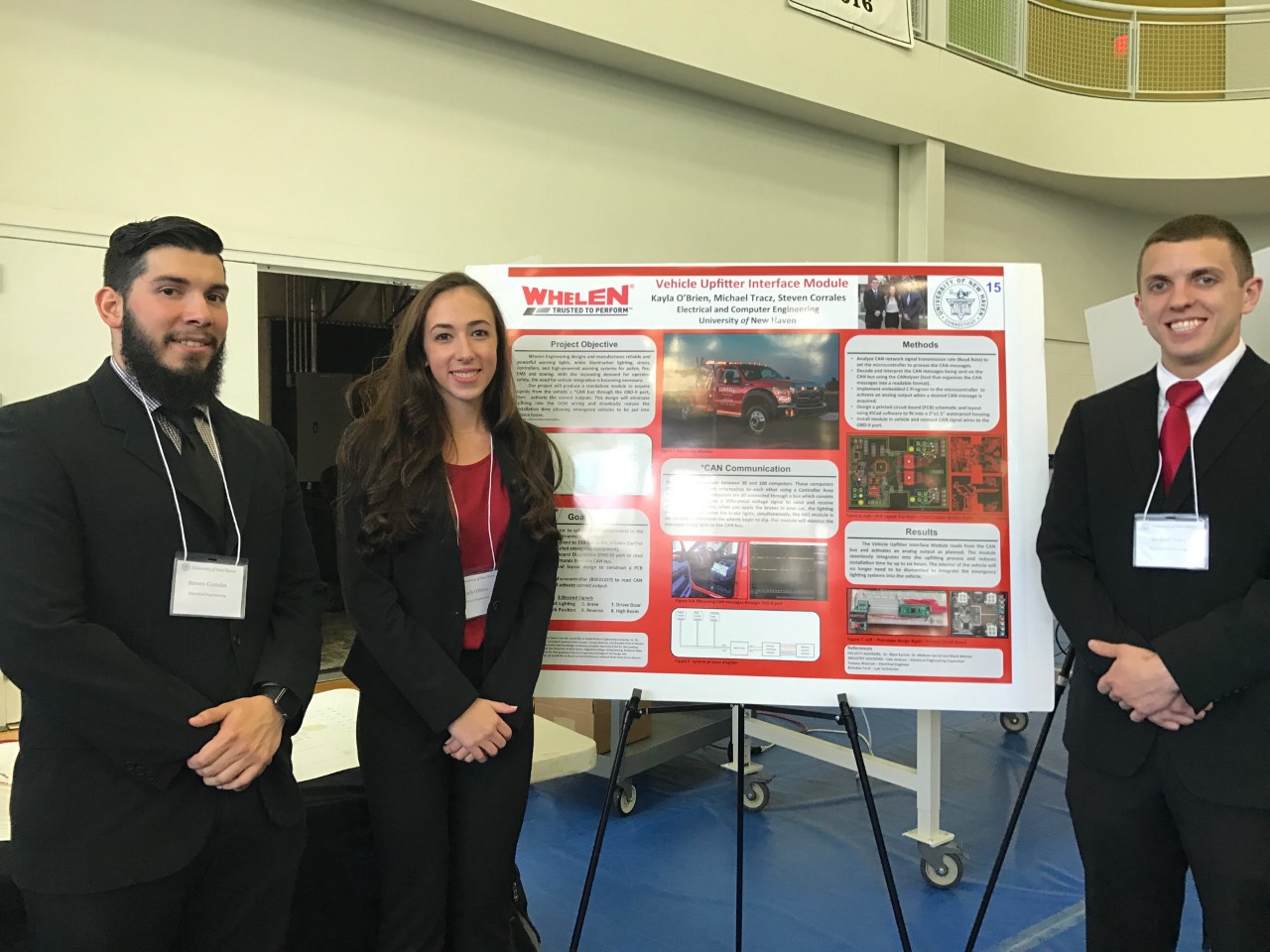After being delayed for years on end, NASA’s newest Earth-observing satellite was launched into space, early on October 28. The satellite’s mission is to improve weather forecasts and monitor climate change.
Shortly before 3:00 a.m. on Friday, the Delta 2 rocket was launched, lifting the satellite into orbit. After about an hour in the air, the satellite separated from the rocket and unfurled its solar panels. The final orbit of this satellite is 500 miles above Earth, far above the troposphere.
“It was a thrill to watch the bird go up this morning in the beautiful clear night sky with the stars out there,” said Mary Glackin, of the National Oceanic and Atmospheric Administration, after the launch. NASA had invited a small group of Twitter followers to watch the launch from Vandenberg Air Force Base, where the weather conditions were perfect for a launch. The sky was clear and there was little wind.
This small, SUV sized satellite is more advanced than its already orbiting brethren, and it carries instruments capable of making more precise readings and observations. Scientists say they cannot wait to use the satellites capabilities to better understand long-term climate shifts and extreme weather such as hurricanes. Mission project scientist Jim Gleason said he could not wait for the data to “start flowing.” The satellite will track changes in ozone, volcanic ash, wildfires, and even Arctic sea ice.
Many of NASA’s satellites are old and will need replacing soon. This satellite is meant to be a bridge between the aging fleet and NASA’s hopeful new generation, to be developed by NOAA. The government’s lack of funding for NASA has contributed to their programs’ problems and several developmental errors led to constant delays. This satellite is expected to orbit Earth for five years, and by then, NASA hopes to have its new weather fleet up and running.








